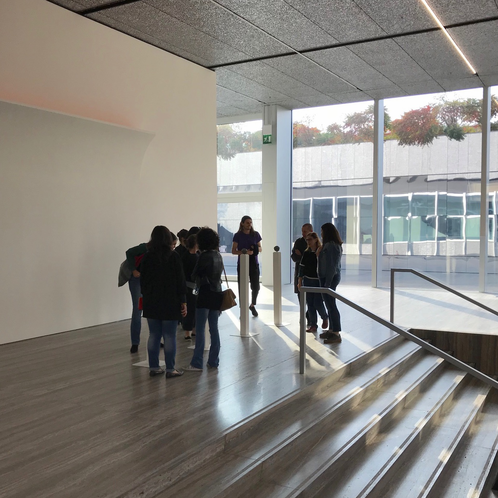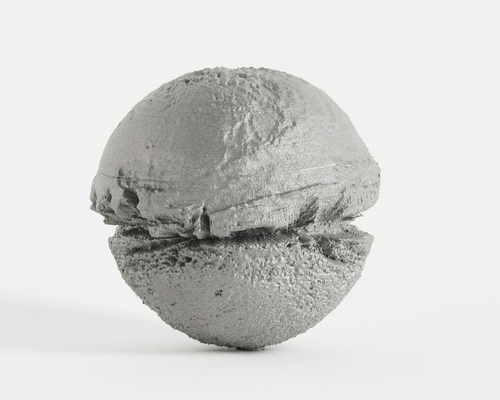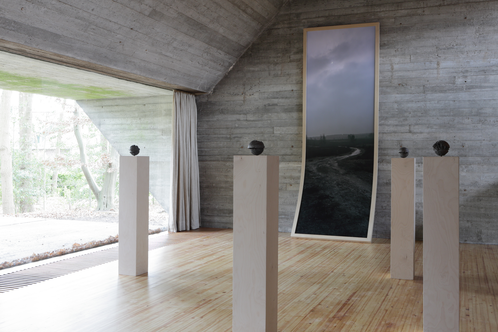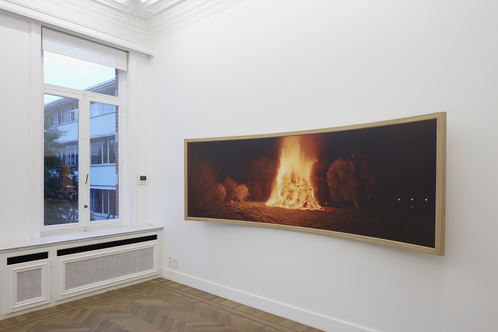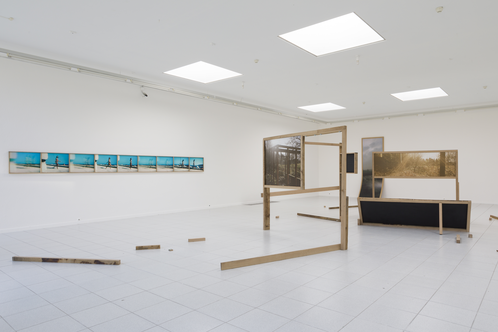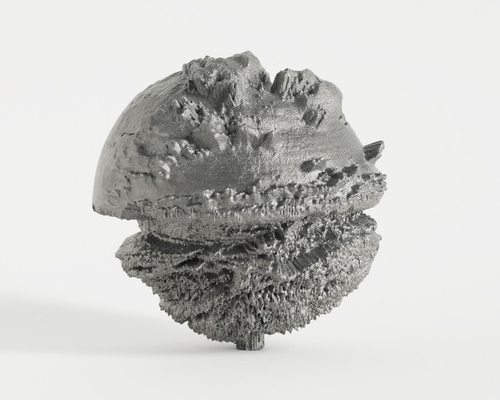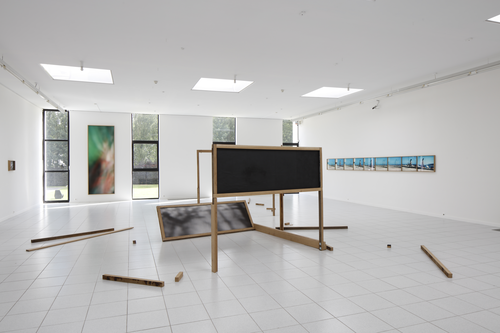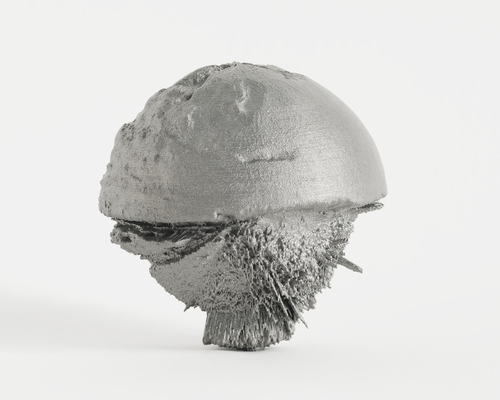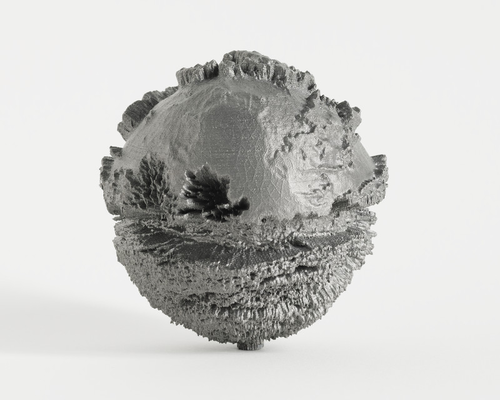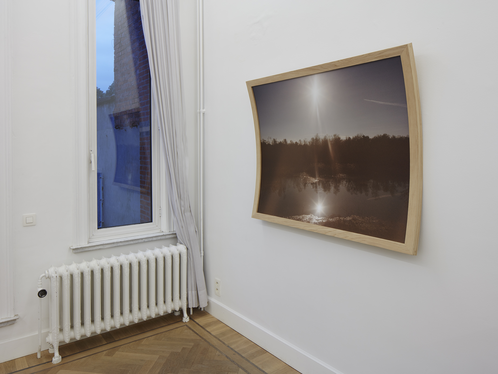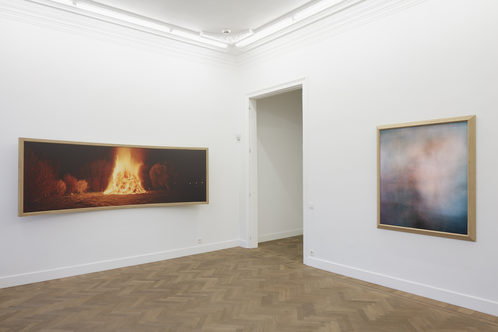Lodestar (Conclusion)
With the widespread use of digital media, the photograph has mutated once again. No longer simply a combination of image and its physical support, the photograph has become a multiplicity of objects, ranging from ephemeral images to photographic installations or the fluid materiality of binary code. The principle of photography has expanded beyond any preconceived limits and has permeated every aspect of life. A 360-degree photographic environment surrounds us at all times. Art and architecture are now completely premeditated by computer-generated images — even photography itself is.
Today, this digital image complex is leading many artists to experiment with old photographic techniques in search of new photographic materialities. A whole generation of artists are creating hybrid photographic installations: Wolfgang Tillmans’s experimental prints and exhibition strategies, Tacita Dean’s nostalgic Super 8 film, Dirk Braeckman’s painted photographs, Runa Islam’s recycled silver-salt sculptures, Sarah Vanderbeek’s photo-installations, or Johan Österholm’s collodion glass plate pavilions. All of these visual artists have been in search of a new pictorial objecthood — not only in old techniques, but also the newest digital inventions, which allow even more precise experimentation with the materiality of photography. Take, for instance, Simon Starling’s 3D blowups of photosensitive silver-salt particles or David Claerbout’s experiments with 360-degree digital panoramas. These artists’ works all share an unexpected emphasis on photography’s material qualities and objecthood, and many of these projects originate from very personal stories.
Through artistic research, I hope to construct an operation manual that develops new forms of photography out of the little-known history and work of artists such as Willème. This is my sincere interest and the true purpose of artistic research: to instigate new and unexpected experiments in the visual art practice. Through additive manufacturing (or 3D print), a photograph can now become a whole lot of matter. A photograph can materialise in an entirely different and unprecedented form, becoming a sculpture. Likewise, a sculpture can become a photograph. And like the passage of a photograph into an object, a fact can shift into an artifact. This sculpture can turn an emotional image into an abstract object, hiding and bolstering its subject matter. [fig. 40] [fig. 41] [fig. 42] [fig. 43]
My historical research has steered my visual practice and ultimately returned me to the photograph’s emotional content. I began this series in an attempt to sublimate sorrow, but over time I felt the need to emphasise, rather than mask, the vulnerability embedded in some of the original images. In combination with my metallic spheres, I started to design photographic installations: large prints, self-designed frames, fragile papers. Some frames are curved and reference panorama paintings. In Eclipse, the crooked path is pulled towards the viewer. [fig. 44] The curved frame of Double Sun strengthens the mirror effect of the image. [fig. 45] In Hololool, the curved frame draws more attention to the large bonfire and activates the dark corners, while pulling the spectator inside the work. [fig. 46] [fig. 47] I also re-photographed the tarpaper shack to make a second version of it: a life-size, deconstructed version of the original. This photographic environment offers yet another view: that of being inside a panoramic sphere rather than looked upon. [fig. 48] [fig. 49] Together with the 3D titanium prints, different meanings and perspectives of this story are presented. They coexist within exhibitions and support one another by providing different points of view and interpretation — of photographic perspectives as well as on my stages of grief. [fig. 50]
Sunville became an aperture, through which these images of look-back time were projected in a ray of light through the eye into the darkest chamber — of both the camera obscura and the mind itself. ‘Photography authenticates the existence of a certain being,’ Roland Barthes wrote. ‘The photograph is literally an emanation of the referent. From a real body, which was there, proceed radiations which ultimately touch me, who am here; the duration of the transmission is insignificant; the photograph of the missing being will touch me like the delayed rays of a star.’1
For me, the coincidental event of the partial solar eclipse in Sunville mediated this regression into my past, acting as something between a eulogy and a metaphor about photography — with the sun as its protagonist. The crescent-shaped image of the sun is intrinsically part of the photographic phenomenon of the camera obscura, since it was discovered when the image of the sun in partial eclipse projected its shadow version through the leaves of a tree. And so, this new series intuitively became research into the peripheries of lens-based media and the objecthood of the photographic surface.
1 Barthes, Roland, Camera Lucida: Reflections on Photography, (London: Vintage Books, 2000).
| fig. 44 | Eclipse and 3D prints at Woning van Wassenhove, Deurle, Belgium, 2015. Installation view by Rik Vannevel |
| fig. 46 | Hololool and Sequence #3 (Wedding Party) at Sofie Van De Velde Gallery, Antwerp, Belgium, 2017. Installation view by Jan Kempenaers |
| fig. 48 | Nude Beach Bound, Tar Paper Shack and Eclipse at Museum Dhondt-Dhaenens, Deurle, Belgium, 2018. Installation view by Rik Vannevel |
| fig. 45 | Double Sun at Sofie Van De Velde Gallery, Antwerp, Belgium, 2017. Installation view by Jan Kempenaers |
